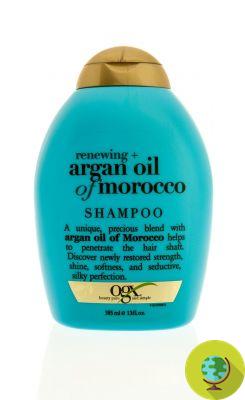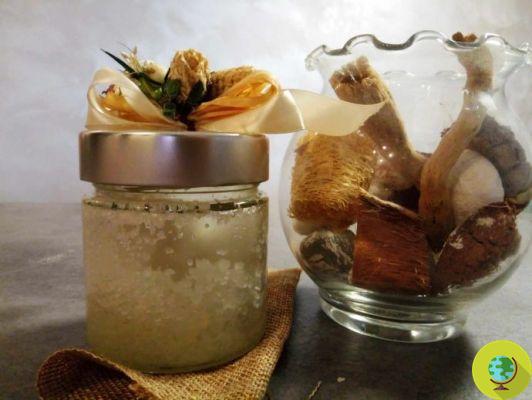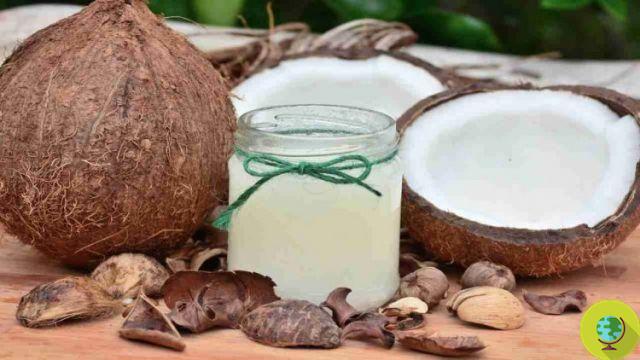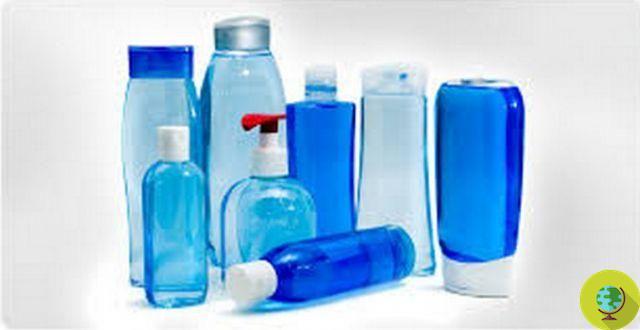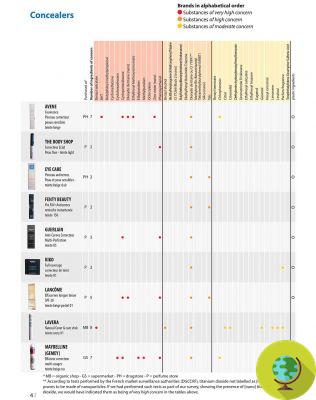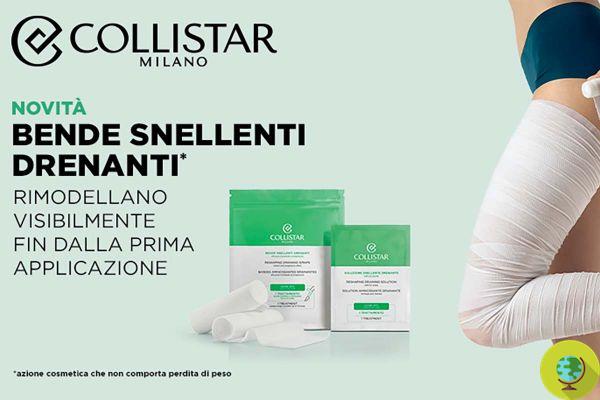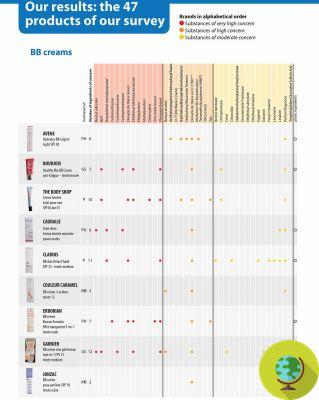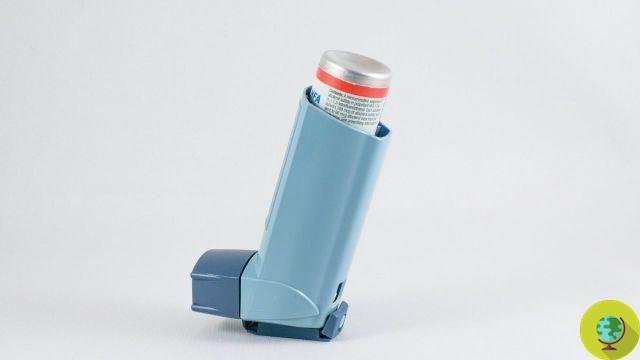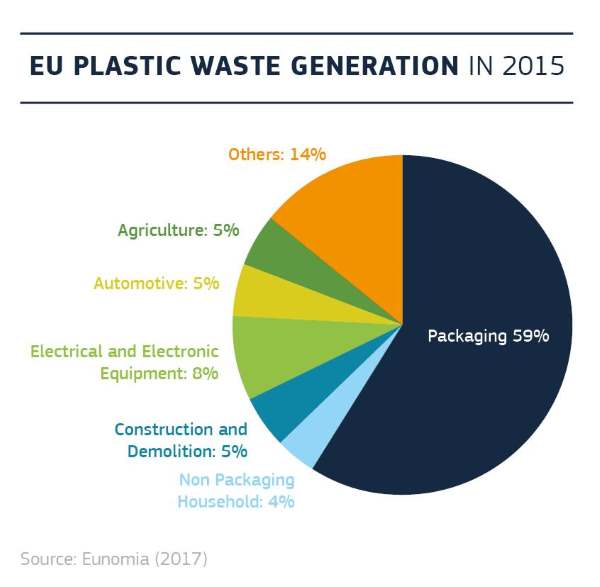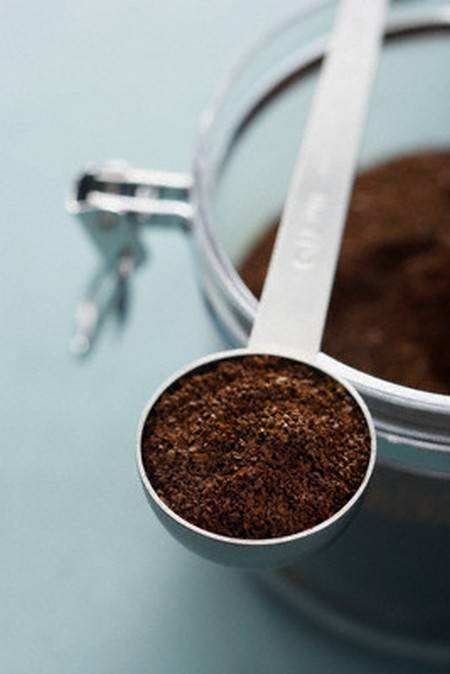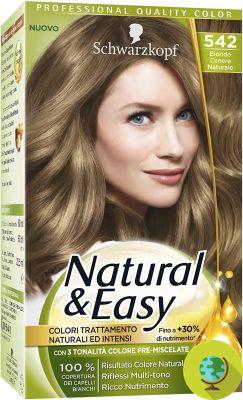
Sun creams: few people know it, yet oxybenzone is the author of several problems concerning the skin.
Don't store avocado like this: it's dangerousIt is allergenic and is a potential endocrine disruptor. Now that you buy a sunscreen for the summer, look at the label: it could be oxybenzone. Few people know it, yet oxybenzone (Oxybenzone - benzophenone-3 or BP-3) is the author of several problems concerning the skin.
Last to remind us is the Environmental Working Group (EWG), whose 15th survey highlighted that most products with sunscreens do not actually guarantee effective protection and may contain controversial ingredients just like oxybenzone.
Read also: Sun creams, the list of the most effective and safe for adults and children (and the dangerous ingredients to avoid)
The survey evaluated the efficacy and safety of nearly 2000 products and found that as many as 75% of these it does not offer the right protection or even complete security since their composition often contains controversial ingredients such as oxybenzone (oxybenzone) accused of being an endocrine disruptor.
But why is this ingredient so dangerous?
It has been shown that oxybenzone penetrates the skin and acts as a photosensitizer: that is, with the exposure of the skin to light, there is an increase in the production of free radicals. Furthermore, it is a derivative of benzophenone, an element that can attack DNA in the presence of light and according to various analyzes there are links between the increase in melanoma cases and these ingredients. It can act in the same way as estrogenic hormones by causing skin cancers to develop. Not to mention the fact that they can occur
more immediate reactions such as inflammation or eczema on the part of very sensitive skin. Other concerns related to oxybenzone relate to percutaneous absorption by the body.
It is an active ingredient commonly used in sunscreens, present in about 20% of the products evaluated this year (luckily its usage is steadily declining), including 40% of non-mineral options.
Back in 2008, the EWG first asked the FDA to investigate the safety of oxybenzone in sunscreens, due to mounting evidence that the chemical easily penetrates the skin and could potentially interfere with the hormone system.
In 2019, the FDA stated that oxybenzone cannot be classified as safe and effective based on current data. Existing studies, in fact, raise several health problems. Of particular interest to the FDA were the results of tests that showed the following characteristics of this active ingredient:
- oxybenzone is allergenic
- it is absorbed by the skin in large quantities
- it has been detected in human breast milk, amniotic fluid, urine and blood
- it is a potential endocrine disruptor
- children may be more vulnerable than adults to oxybenzone "due to the potential for greater absorption and bioaccumulation" and because they have not fully developed the enzymes needed to break down derivatives of this compound
What to do then? Pay attention to the label! Here are the words to keep away from:
Benzophenone-3, 2-benzoyl-5-methoxyphenol, 2-hydroxy4-methoxybenzophenone, (2-hydroxy-4-methoxyphenyl) phenylmethanone, methanone, oxybenzone (benzophenone-3), dioxybenzone, b3, DuraScreen, Solaquin
The alternative can be to use combined physical screens such as Titanium Dioxide, Zinc Oxide and a high percentage of unsaponifiable oils which increase the skin's ability to reflect the sun's rays.
Read all of our articles on sun creams.
Source: EWG
Read also:
- 10 Organic solar products with a good INCI
- Sun creams: can they still be used after a year?
- Sun creams: 10 things you (maybe) don't know about tanning products




